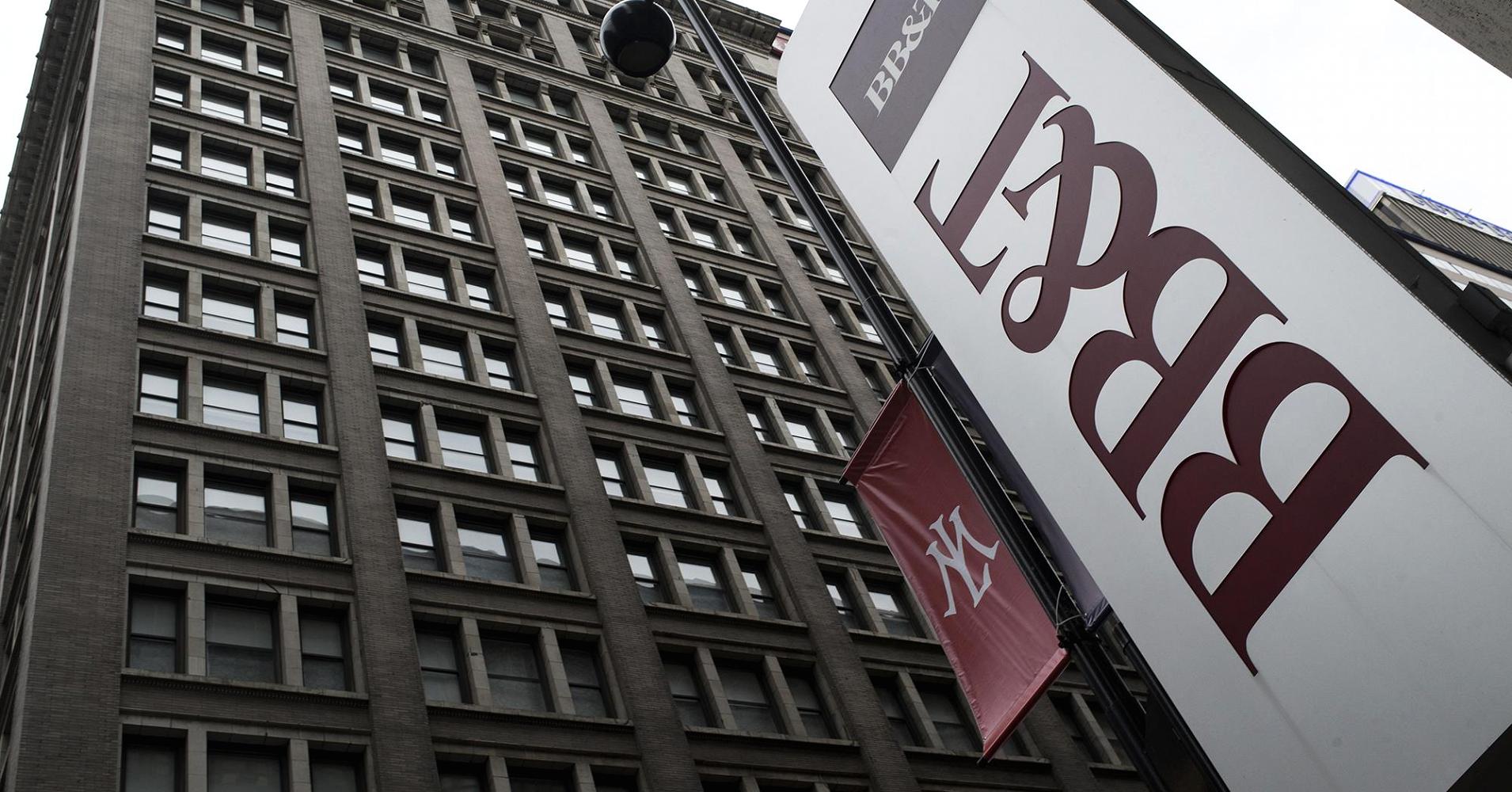Small and regional banks are the big beneficiaries of the House-approved bank regulatory relief bill making its way to President Trump’s desk for signature this week
The bill, which passed the House Tuesday evening by about 100 votes, cuts dozens of large regional lenders off the list of banks considered too big to fail, and it also frees all but the biggest banks from required annual stress testing by regulators.
It is seen as a victory for the banking industry, which has been pushing back at the restrictions since the financial-crisis era Dodd Frank rules were enacted in 2010.
“I see this as allowing banks to be banks again,” said Ed Mills, a policy analyst at Raymond James.
Immediately, banks with assets that fall below $100 billion, such as Dallas-based Comerica, Salt Lake City-based Zions Bancorp and San Francisco’s First Republic, lose the systemically important designation and won’t have to submit to stress tests by the Federal Reserve or adhere to higher capital requirements.
The previous threshold was $50 billion. The Fed reserves the discretion to enforce higher standards on banks above that threshold.
In 18 months, when that threshold is raised to $250 billion, major regional lenders such as BB&T, SunTrust and FifthThird, will also fall off the too-big-to-fail list.
The number of banks that remain on the list, facing the harshest restrictions, drops to 12 from 38 under the new rules. Those big banks still deemed systemically important include J. P. Morgan Chase, Bank of America, Wells Fargo, Citigroup and Goldman Sachs.
The market has anticipated the moves. The KBW Nasdaq Regional Banking index (KRX) is up 8 percent this year, and the bigger-bank index, the KBW Bank index, is up 3 percent.
“For the first time in nearly a decade, lawmakers from both parties have chosen to right-size financial rules that were not working as intended and holding the economy back,” Rob Nichols, the CEO of the American Bankers Association, said in a statement.
Mills from Raymond James said the effect of the bill could be more lending by smaller banks, which have been wary of adding assets that would put them over the old Dodd Frank thresholds. “We will see more risk taking,” he said, such as a possible increase in bank lending to construction companies. Banks may take back some of the lending that has been getting done by non-deposit taking financial firms, such as real estate investment trusts, he added.
The bill also exempts banks with less than $10 billion of assets from restrictions on trading for themselves, a controversial provision of the 2010 Dodd Frank regulatory reform law named after former Federal Reserve Chairman Paul Volcker.
But it does leave other Republican bugaboos in place, including the Consumer Financial Protection Bureau. Democrats had pledged to abandon the bill if it cut that agency out, even though the administration has worked to weaken its powers.
The Senate passed the bill in March. Tuesday night’s vote in the House was 258 to 159, opposed by one Republican and 158 Democrats. It is the first significant change to Dodd Frank, which was enacted in response to the financial crisis, when big banks were cast as the villains that nearly brought down the U.S. financial system.
The bill, which Trump has said he will sign, also hands small banks a victory by loosening the rules on how much mortgage lending data they have to report under federal anti-discrimination laws.
It is expected to be just the first wave of regulatory relief though the dynamic may change depending on the outcome of mid-term elections that could upend the balance of the currently GOP-controlled Senate and House.
Link to the source of information: www.cnbc.com


 Signal2forex.com - Best Forex robots and signals
Signal2forex.com - Best Forex robots and signals




